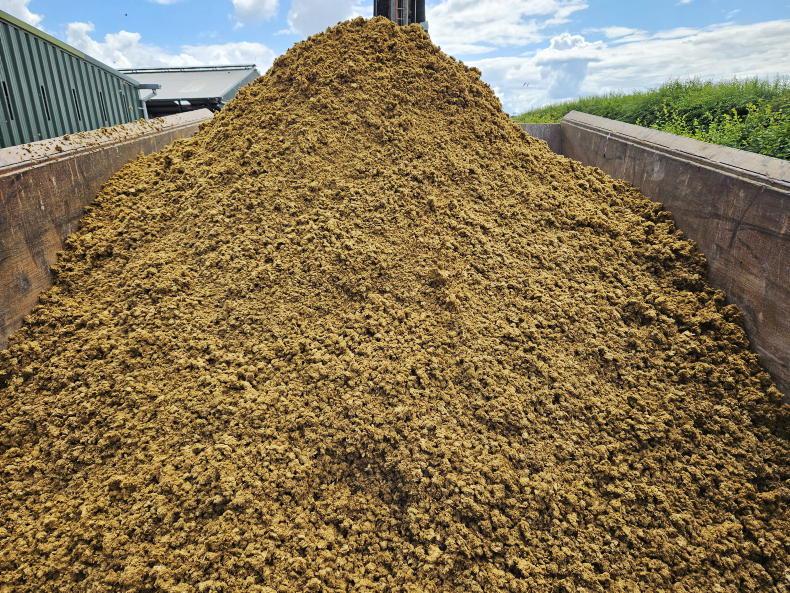The recent increase in the number of contractors and large farmers investing in slurry-separation equipment is an example of a technological solution that can benefit both farming and the environment.
At this time of the year, the main upside for farmers is that separating slurry will probably create an additional 20% tank capacity.
That extra capacity gives more flexibility to wait for suitable conditions once the slurry ban ends on 31 January – across much of NI, spreading in early February comes with a high-risk of valuable nutrients being lost to the environment.
The other main practical benefit is that the farmer is left with a liquid product that is easily mixed and spread. The liquid moves quickly into the soil, which should lead to more efficient use of nitrogen, less ammonia emissions and, ultimately, increased grass growth.
There is also a much lower risk of lines of slurry in the field when dribble bars are used; significantly reducing the potential for slurry solids to spoil silage.
Water quality
However, while there are many practical benefits, it is the role that slurry separation has in potentially lowering the impact of farming on water quality which is most important.
Our main water quality issue in NI is phosphorus (P) and, in NI agriculture, we have a surplus of around 6,000t of P per year – over and above what is needed for plant growth and animal production. Most of that surplus is due to bought-in P in concentrate feed.
When slurry is put through a traditional screw press separator, the P is concentrated into the solid fraction. Research suggests the liquid material left behind has up to 34% less P than raw slurry.
The solids with the higher P can then be taken to low P-index land or for ploughing in ahead of spring planting.
However, there are intensive farms on the wrong side of P balances and the big solution identified by DAERA is for separated solids to end up in anaerobic digestion. The subsequent digestate is then further processed and dried, before being sold outside of NI.






 This is a subscriber-only article
This is a subscriber-only article










SHARING OPTIONS: